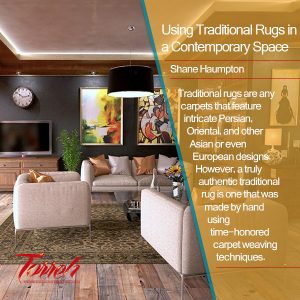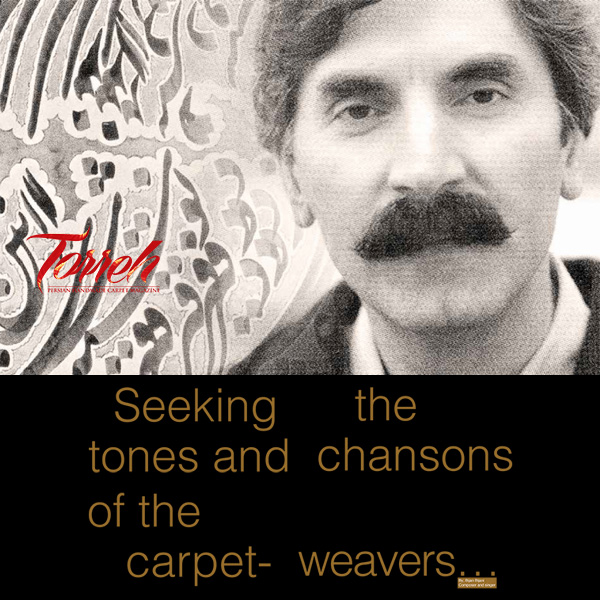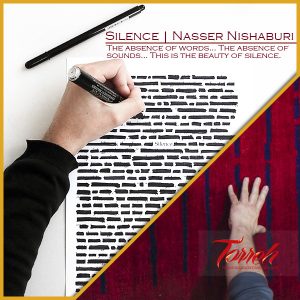Speaking at the opening ceremony of the 24th Persian Handmade Carpet Exhibition, Iranian dramatist Dr. Ghotbedin Sadeghi highlighted the importance, status, and aesthetic nature of Persian handmade carpet as an art-industry, describing it as a symbol of Iranian family.
Tags
Carpet Exhibition - Flag - Ghotbedin SadeghiDr. Ghotbedin Sadeghi
Speaking at the opening ceremony of the 24th Persian Handmade Carpet Exhibition, Iranian dramatist Dr. Ghotbedin Sadeghi highlighted the importance, status, and aesthetic nature of Persian handmade carpet as an art-industry, describing it as a symbol of Iranian family.
Torreh presents a summary of his talk herewith:
“The art of illustration in Iran has well revealed itself in three forms: the first is tiling which has no rival in the world and has been mostly manifested in Iran’s religious works; the second is miniature which has also been at the service of the privileged; and the third form of art which is more popular among the public and has found its way to the international world introducing Persian culture and art is the carpet art-industry in Iran.”
“This art-industry is more practical compared to other art forms. As a key financial source, it is present throughout people’s lives influencing all social classes from urban residents to nomads and villagers.”
“Persian carpet has always been praised by Iranian families as the symbol of holiness and an artwork with multiple roles. Unfortunately, it is losing its sacred nature and is now less compatible with the changing designs of houses. Due to its mysterious designing, Persian carpet is far beyond a mere object of ornament; yet, the strong artistic and symbolic patterns covering it are so difficult to interpret for the common audience. Persian carpet, especially in its traditional form, is the symbol of agriculture as well. Elements of nature are beautifully repeated in geometric forms reminding man’s unification with nature which has unfortunately been lost in city life limiting our relation with nature to satellite pictures.”
“An interesting point for me is the presence of a feminine culture in carpets which make them more meaningful. The emergence of this art-industry goes back to the time when women were regarded as the symbol of reproduction, creativity and life. The unrealistic images which entered our carpets since mid 18th century are totally fakes and have no place in the original carpets, as they were just intended to attract western markets. There are no human patterns in Persian carpets and they are full of symbolic images the best form of which can be seen in Kurdish rugs in which seven circles eventually overlap in a single center that is the symbol of the lost heaven.”
“Aesthetics means searching for beauty in a quest to find the Lost Paradise, which is a sacred and ceremonial attitude. All the images and colors are in balance that can be a sign of the harmony between nature and social life.”
“Carpets are different in different parts of the country. For instance, Kashan’s carpets are more patterned with images of wide plains in bright colors while Kurdish carpets depict a mountainous space with patterns of cliffs and sharp edges beside a spring of water as a symbol of heaven. Still, I think nature offers an image of femininity borrowing some mythological symbols like trees, water and pomegranates from the matriarchal culture that are intermingled within other patterns. Therefore, Persian carpet is a tool to remind people not to forget their connection with Mother Nature.”
“Handmade carpet art-industry is like a flag for our country and a manifestation of all Iranian ideological and intellectual teachings. I am hopeful that we do not let this ancient cultural product be replaced by machine-made carpets. After all, this art has not been achieved for free and owes a lot to our hardworking ancestors; we should, in turn, keep the flag waving in the world.”
- Silence | Nasser Nishaburi
- After years of sanctions, Persian rugs back to brighten world markets
- Universal Language of Handmade Carpet
- Persian carpet an example of Iran’s significant share of world heritage
- Iranian carpet makers target U.S. with peace message
- Persian rugs enjoy post-sanctions boom
- Tabriz: World City of Carpet Weaving
- President Taking Memorial Photos with Persian Carpet in UN
TORREH Persian Handmade Carpet Journal©





